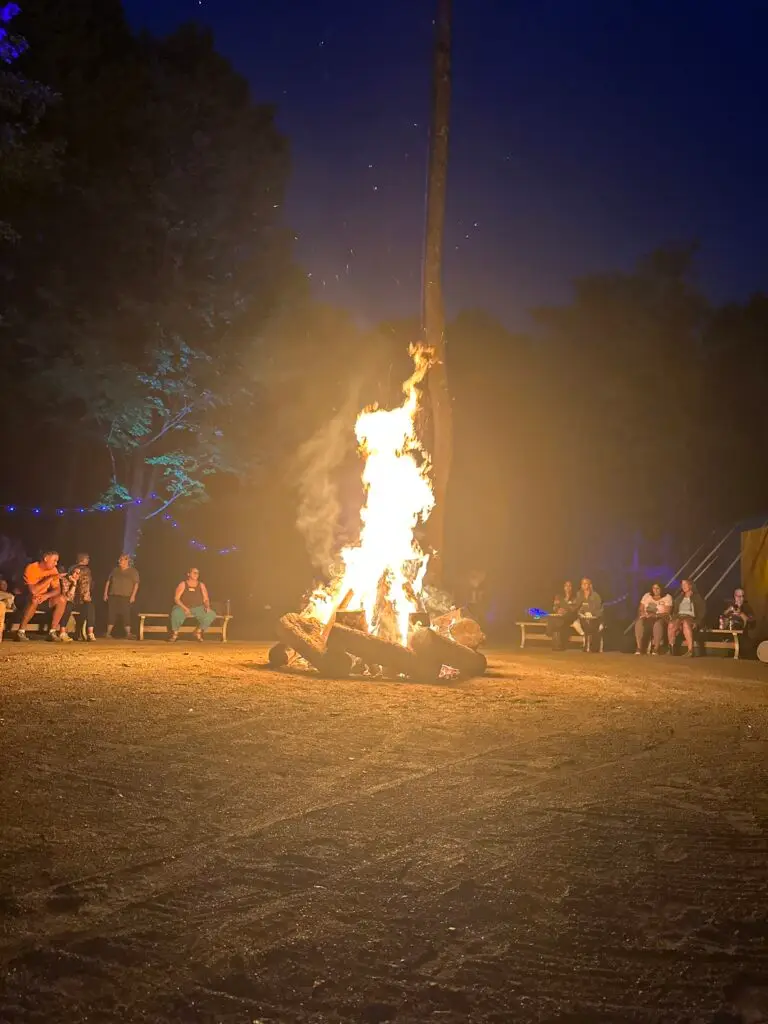In the grand tapestry of human experience, individual self-expression and group beliefs often intersect, sometimes leading to vibrant synergy and other times to stark conflict. Striking a balance between these two realms is a nuanced process, one that requires understanding, empathy, and mutual respect. But how do we go about achieving this delicate balance? This blog post aims to shed light on this matter by discussing the intricate interplay between individuality and community, and providing practical ways to resolve conflicts arising from divergent interests.
Harmonizing Individual Self-Expression and Community Beliefs
The co-existence of individual self-expression and community beliefs hinges on the understanding that both aspects are integral to our social fabric. Every community is a mosaic of unique individuals, each with their unique thoughts, perspectives, and experiences. Simultaneously, each individual is part of a larger community bound by shared beliefs and social agreements.
Creating an environment that encourages individuality while respecting community beliefs requires a deep appreciation for diversity. Here are two fundamental steps:
1. **Promote Open Dialogue**: Encourage members to express their thoughts and beliefs openly. When individuals feel heard, they are more likely to appreciate the different viewpoints within their community.
2. **Cultivate Empathy and Respect**: Teach the importance of empathy and respect for others’ beliefs. Acceptance doesn’t necessarily mean agreement, but it fosters a safe space for diverse thoughts and experiences.
Navigating Conflict: Aligning Individual Actions with Group Beliefs
Despite efforts to foster harmony, conflicts can still arise when an individual’s actions contradict the community’s shared beliefs. Here are three effective conflict resolution strategies:
1. **Open Conversation**: Initiate a dialogue to understand the root of the conflict. The goal isn’t to convince, but to understand each other’s perspectives. The individual needs to feel safe to express their viewpoint, and the community should be open to learning from this unique perspective.
2. **Mediation**: In more complex scenarios, bringing in a neutral third-party mediator can help. The mediator’s role isn’t to decide who is right or wrong, but to facilitate communication and assist in finding common ground.
3. **Review and Reframe Community Agreements**: Sometimes, the conflict might reveal that the community’s social agreements are too rigid or outdated. If so, use this as an opportunity to review and reframe these agreements, keeping in mind the evolving needs and experiences of its members.
Is there a Conclusion?
Balancing individual expression with community beliefs is both a challenge and an opportunity. It’s a continuous process of learning, understanding, and growing together. When done right, it can lead to a community that’s not only diverse and inclusive but also rich in shared experiences and collective wisdom. Remember, it’s not about suppressing individuality for the sake of unity, but about fostering an environment where every individual can thrive while contributing to the community’s shared vision.


